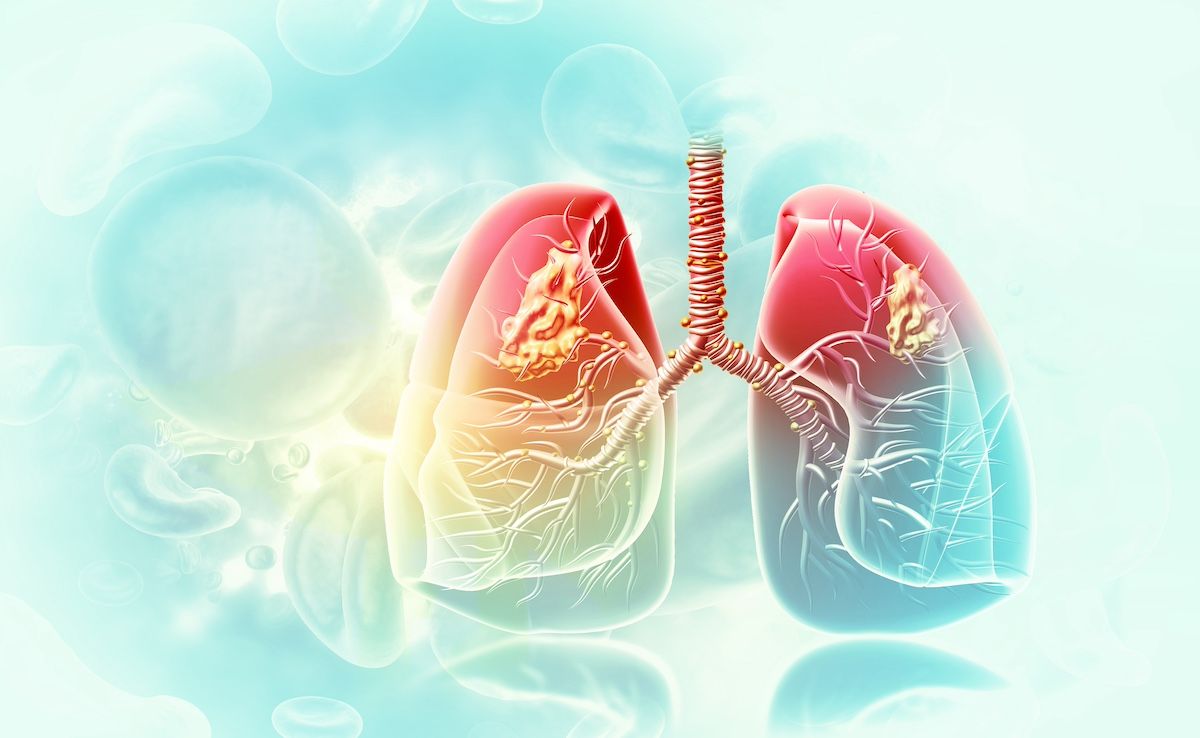News
Article
AI Model Precisely Identifies HCC Recurrence Risk Factors
Author(s):
Artificial intelligence (AI) models have potential to help clinicians assess risk in patients with hepatocellular carcinoma (HCC) to inform disease management, a new study found.
Artificial intelligence (AI)–driven predictive models could help personalize risk stratification for patients with hepatocellular carcinoma (HCC), helping clinicians identify modifiable risk factors and plan interventions to mitigate recurrence, according to a study published in the journal Liver International.1
In HCC that is not metastatic, surgical resection can be curative. Still, at least half of patients who undergo surgery with curative intent are estimated to experience recurrence within 5 years.2 In the new study, researchers aimed to incorporate metabolic risk factors into a model for risk stratification in HCC, as most models published to date have been based on hepatitis B virus as the underlying etiology of HCC.1
“Recent advances in artificial intelligence have enabled the development of individualized patient profiling, which is essential for patient stratification and the characterization of individual risks of developing a disease,” the authors wrote. “By integrating extensive medical information, including information about comorbidities, medications and lifestyle factors, AI algorithms can identify patient-specific variables that co-act to influence disease course.”
The retrospective cohort study included 958 patients at 3 centers in Australia (n = 304) and the Chinese University of Hong Kong (CUHK) in Hong Kong (n = 654). Of these patients, 44 were excluded from the main analysis due to recurrence within 90 days but were included in a subanalysis, and 2 patients had missing data. The final cohort included 912 patients who had at least 90 days of follow-up.
AI models can be useful tools for clinicians, helping assess risk in patients with HCC to inform disease management. | Image credit: ipopba - stock.adobe.com

The cohort to develop the model included 652 patients from the Australian centers and CUHK who were mostly male (83.6%) and had a median age of 61 years (IQR, 55-68). The validation cohort included 260 patients from the CUHK, also mostly male, with a median age of 60 years (IQR, 54-67). More than half of patients in both cohorts had cirrhosis, and the most common etiologies for liver disease were chronic hepatitis B (CHB) and chronic hepatitis C (CHC) in the model development cohort vs CHB and nonalcoholic fatty liver disease (NAFLD in the validation cohort).
In the overall cohort, recurrence-free survival was 64% at 2 years and 43% at 5 years, and 13 variables out of 23 tested were found relevant with P values under .05 in univariate analysis. In multivariable Cox proportional hazard analysis, 4 variables were found significant: presence of cirrhosis, international normalized ratio greater than 1.1, lesion size of 5 cm or greater, and lymphovascular invasion.
The overall model developed based on those parameters demonstrated a C-index of 0.66 in the development cohort and 0.63 in the validation cohort, and a survival random forests model using the same variables as in the multivariable Cox proportional hazard analysis had a C-Index of 0.84 in the development cohort and 0.64 in the validation cohort, which indicated limited generalizability.
A multi-layer perceptrons classifier, which uses machine learning, was built based on variables with positive average contribution to predictions, meaning their inclusion reduces errors in classification. This model showed mean (SD) accuracy of 0.857 (0.023), sensitivity of 0.879 (0.031), specificity of 0.826 (0.0463), and an area under the curve of 0.862 (0.025).
“These measures demonstrate our model's high predictive power and robustness, as evidenced by high-performance metrics and low standard errors indicating low deviation from the mean values,” the authors explained. When the model was tested at the patient level to determine whether certain patients were often misclassified, the researchers found that all patients were classified correctly in at least 80% of the tests, showing the model can predict recurrence status for all patients.
“Our utilization of AI applied to comprehensive clinical, biochemical and tumor-related datasets enabled the precise identification of risk factors associated with HCC recurrence subsequent to surgical resection,” the authors concluded. “A notable achievement of this model lies in its capacity to calculate personalized risk assessments for individual patients. The primary value of our findings lies in identifying and altering modifiable and reversible clinical factors that support the carcinogenic network.”
The model also has potential to identify patients who may be at a significant risk of HCC recurrence and could benefit from clinical trial participation to help prevent it, the authors noted. Overall, the findings demonstrated that AI models can be useful tools for clinicians, helping assess risk in patients with HCC to inform disease management.
References
1. Zandavi SM, Kim C, Goodwin T, et al. AI-powered prediction of HCC recurrence after surgical resection: Personalised intervention opportunities using patient-specific risk factors. Liver Int. Published online July 24, 2024. doi:10.1111/liv.16050
2. Toubert C, Guiu B, Al Taweel B, et al. Prolonged survival after recurrence in HCC resected patients using repeated curative therapies: never give up! Cancers (Basel). 2022;15(1):232. doi:10.3390/cancers15010232
Newsletter
Stay ahead of policy, cost, and value—subscribe to AJMC for expert insights at the intersection of clinical care and health economics.





